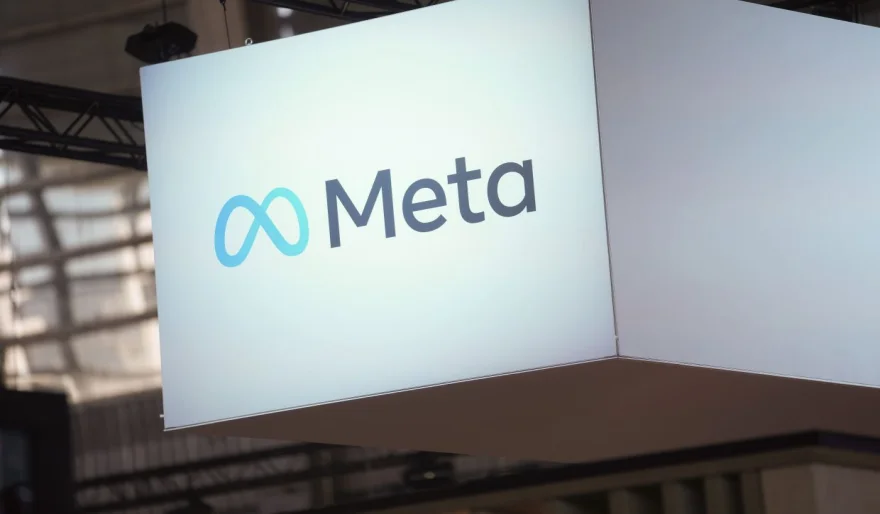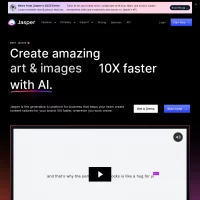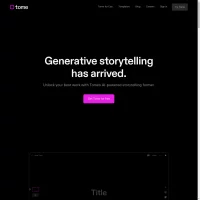Stay Ahead of the Curve
Latest AI news, expert analysis, bold opinions, and key trends — delivered to your inbox.
Meta Steps Up Transparency: Labelling AI Imagery in Election Year
8 min read Meta (formerly Facebook) ramps up misinformation defense for global elections, expanding AI-generated imagery labeling on Facebook, Instagram, and Threads. Clearer indicators will help users identify content created by artificial intelligence, enhancing trust and transparency. February 07, 2024 08:03
Meta (formerly Facebook) is taking a proactive step towards tackling misinformation and deepfakes. They're announcing an expansion of labelling for AI-generated imagery on their platforms, Facebook, Instagram, and Threads. This means users will see clearer indications when they encounter content created by artificial intelligence.
Here's the lowdown:
- More AI imagery labelled: Previously, Meta only labelled imagery generated by their own tools. Now, they'll detect and potentially label AI-generated content even if it comes from rival technologies, as long as they use industry-standard indicators.
- Combating misinformation: AI-generated imagery, while impressive, can be misused to create deceptive content, especially during elections. Labelling helps users critically evaluate the source and authenticity of what they see.
- Election focus: With critical elections coming up, Meta is prioritizing transparency to combat potential manipulation attempts.
How does it work?
Meta relies on several methods to detect and label AI-generated imagery:
- Visible marks: Some generative AI tools embed visible watermarks or indicators directly into the images. Meta's detection tech can identify these markers.
- Invisible watermarks: More sophisticated tools use hidden watermarks or metadata. Meta is working with other AI companies to develop standardized methods for embedding these invisible markers, allowing for broader detection.
What are the implications?
- Increased user awareness: Labelling helps users understand the nature of the content they see, promoting critical thinking and reducing the spread of misinformation.
- Pressure on other platforms: Meta's move could put pressure on other social media platforms to adopt similar transparency measures.
- Potential limitations: Detecting all AI-generated imagery remains a challenge, and some creators might try to circumvent labelling methods.
Overall, Meta's initiative is a positive step towards promoting responsible use of AI technology and combating misinformation, especially during critical election periods. However, ongoing efforts are needed to refine detection methods and ensure comprehensive labelling across all platforms.



















 AI Agents
AI Agents